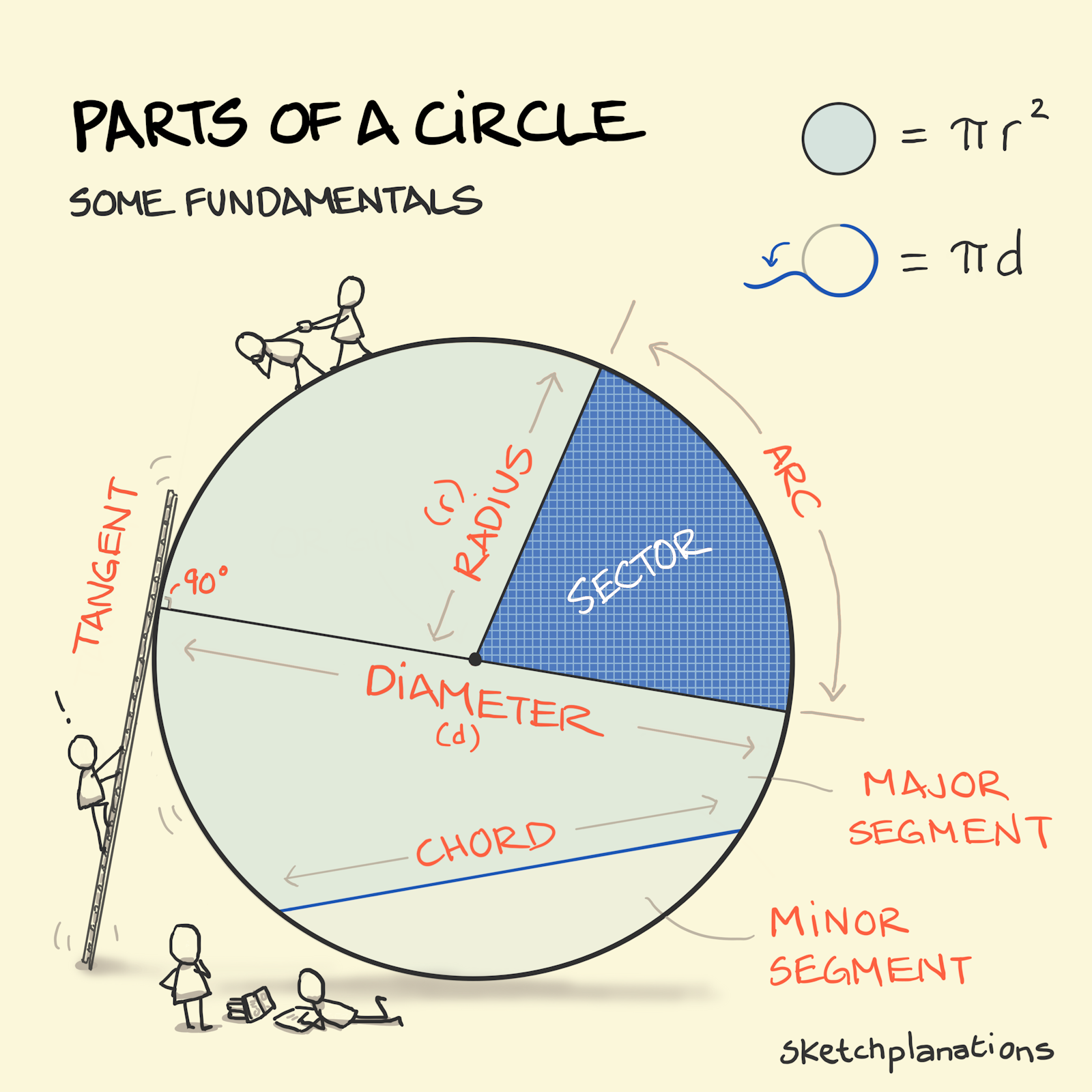
Find your why not
Many of us feel the desire to discover a singular purpose—the one true mission that defines what we should do and where we fit—our ikigai. But perhaps it doesn't have to be that way.
Priya Singh offers a refreshing alternative: Instead of chasing one elusive “why,” recognise that we don't have just one singular purpose and that it can evolve. It’s not a pot of gold or treasure to be found, and we're not failing if we haven't found it.
Three Types of Work: Feeding You, the World and Your Soul
Singh introduces a helpful framework with three types of work:
- Work that feeds you and those that depend on you
- Work that feeds the world
- Work that feeds your soul
Your work may fit into one or more of these categories but don’t fall into the trap of thinking it needs to fulfil all three at once.
Rather than striving for the mythical “dream job” that checks every box, embrace the possibility of balance across multiple roles or pursuits.
Rather than striving for the mythical “dream job” that checks every box, embrace the idea of balance across multiple roles or pursuits. Work that fits into just one or two of these areas is plenty—and can be deeply fulfilling.
Ask "Why Not?"
When faced with opportunities, try shifting your mindset. Instead of asking, “Why do it?” ask, “Why not?” Often, we reject ideas before even giving them a chance.
When presented with an opportunity or an idea, instead of asking why do it, try asking why not—practice not rejecting yourself before you’ve even started.
Framework and wise ideas: Priya Singh. Any misinterpretation or inaccuracy is due to me.
This sketch appears in my book Big Ideas Little Pictures
Related Ideas to Find Your Why Not
Also see:
- The Three Bricklayers Story
- Autonomy Mastery Purpose
- Discovering Truth and Beauty and Sharing it with Others




